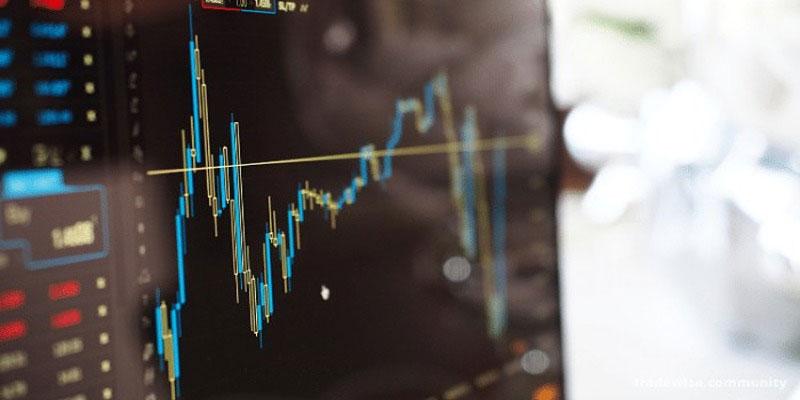If you've ever dipped your toes into the world of Investments, you've probably come across terms like "Yield" and "Seven-Day Yield." They might sound intimidating, but fear not! In this article, we will break down the concept of the Seven-Day Yield in a conversational and simplified way so you can grasp the essence of this crucial financial metric.
Whether you're a seasoned investor or just starting your financial journey, understanding Seven-Day Yields can help you make more informed decisions about where to put your money.
What Is the Seven-Day Yield?
Let's start with the basics. Seven-day Yield is often used in mutual and money market funds. It's a measure of the fund's Yield, representing the income your Investment generates over seven days.
In simple terms, it tells you how much money you can expect to make from your Investment in a week. But why a week? It's a relatively short period that allows investors to gauge the fund's stability and income potential without committing to a long-term Investment.
How Is Seven-Day Yield Calculated?
Now that we know what it is let's dive into how Seven-Day Yield is calculated. Don't worry; you won't need a Ph.D. in mathematics for this one.
The formula for calculating Seven-Day Yield is straightforward:
Seven-Day Yield = (Income Earned Over 7 Days / Net Asset Value) x 100
Here's a breakdown of the key components:
Income Earned Over 7 Days: This refers to the interest, dividends, and other income the fund generates during the seven days. It's the money your Investment has made.
Net Asset Value (NAV): Net Asset Value (NAV) is a financial metric that sums up the combined worth of a fund's assets, encompassing stocks, bonds, and cash, while deducting any obligations or costs. It serves as an indicator of the per-share market value of the fund.
Why Does Seven-Day Yield Matter?
Once you have these two numbers, you simply divide the income earned over seven days by the NAV and multiply the result by 100 to get the Seven-Day Yield as a percentage. Now, let's delve into why the Seven-Day Yield holds significance for investors. Understanding its importance can empower you to make more informed decisions regarding your financial portfolio.
Risk Assessment

Seven-Day Yield is a valuable tool for assessing the risk associated with a mutual or money market fund. It's like a financial riskometer. A higher Seven-Day Yield may appear enticing because it suggests potentially higher returns but can also signal higher risk.
Conversely, lower Seven-Day Yields indicate stability but may offer lower returns. This metric helps you balance risk and reward, aligning your Investments with risk tolerance.
Comparing Funds
Imagine you're in a situation where you need to choose between two similar funds, both seemingly attractive. This is where Seven-Day Yield comes into play as your financial compass.
It's a simple yet effective way to distinguish between similar Investment options.
Liquidity Consideration
The seven-day time frame inherent in the Seven-Day Yield calculation holds immense value for investors prioritizing liquidity. If you anticipate needing quick access to your invested funds, opting for a fund with a commendable Seven-Day Yield can be a smart choice.
This metric ensures that you're not tied up in long-term Investments, providing the flexibility to access your money when needed.
Income Projections
The Seven-Day Yield is an invaluable tool for those who rely on their Investments as a source of regular income. It aids in estimating the amount of money you can expect to receive daily. This insight allows you to plan your finances more effectively and ensures a steady income stream from your Investments.
What Affects the Seven-Day Yield?
Several factors have the potential to influence a fund's Seven-Day Yield, and it's important to have a good understanding of these variables:
Interest Rates
The prevailing interest rates in the broader economy can significantly impact the Yield of money market funds. Typically, these funds invest in short-term fixed-income securities. When interest rates rise, it can positively affect Yields, potentially increasing the returns for investors.
Conversely, in times of falling interest rates, Yields may trend lower, affecting the income generated by such funds.
Market conditions
The performance of both the stock and bond markets plays a crucial role in determining a fund's Yield. A robust and bullish stock market environment can contribute to higher fund Yield. Conversely, during market downturns or bearish phases, Yields may experience a dip, potentially affecting the overall return on Investment.
Expenses

Another critical factor to consider is the fees and expenses associated with managing the fund. These costs can impact the fund's Yield directly. Funds with lower expenses tend to offer a higher Seven-Day Yield since fewer resources are allocated to cover management fees and operational costs.
Portfolio Composition
The types of assets held within a fund's portfolio can also influence its Yield. Funds may invest in various asset classes, such as stocks, bonds, or cash equivalents. The composition of these assets determines the risk profile and Yield potential.
Funds with a more conservative asset mix, such as a higher allocation to cash or bonds, may offer lower Yields but tend to exhibit greater stability in various market conditions.
Conclusion
Understanding concepts like the Seven-Day Yield can seem daunting in finance, but it's an essential step toward becoming a more informed investor. While the formula and calculations might seem a bit complex initially, the underlying idea is simple: Seven-day Yield tells you how much money your Investment can make in a week.







